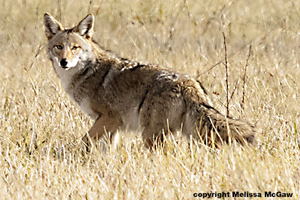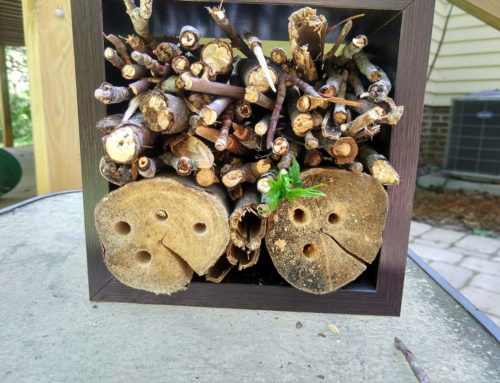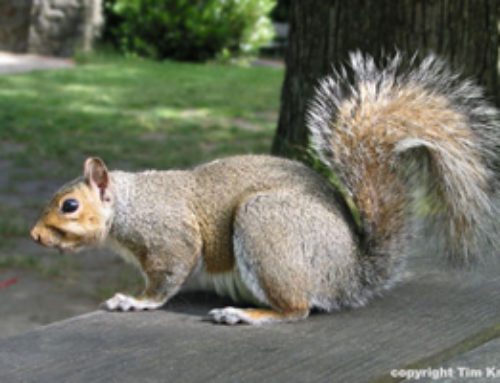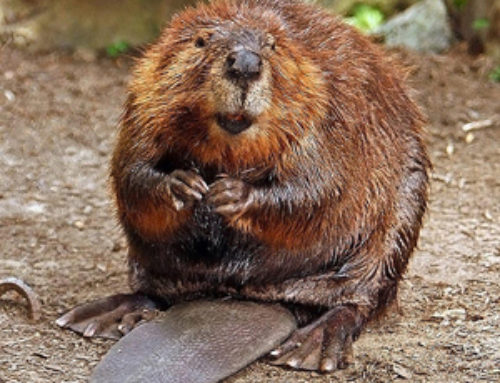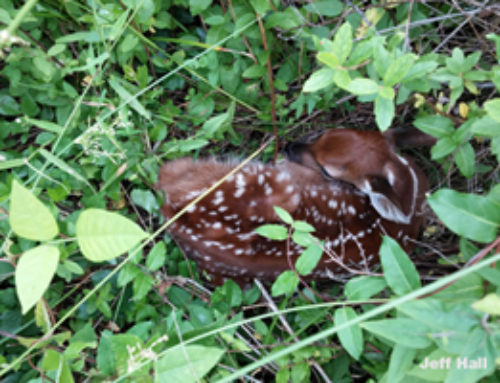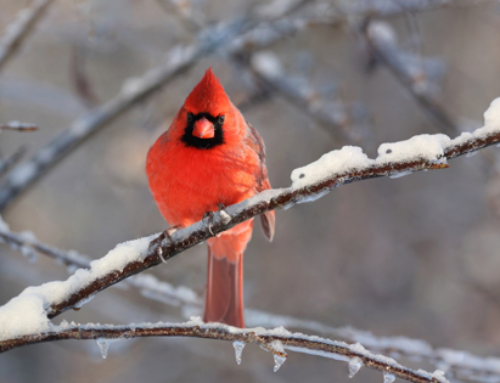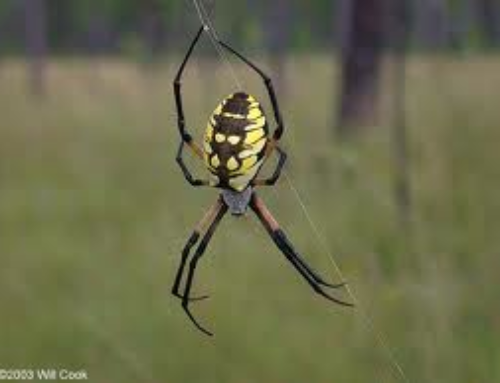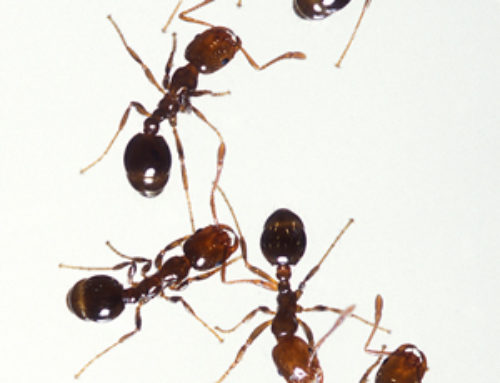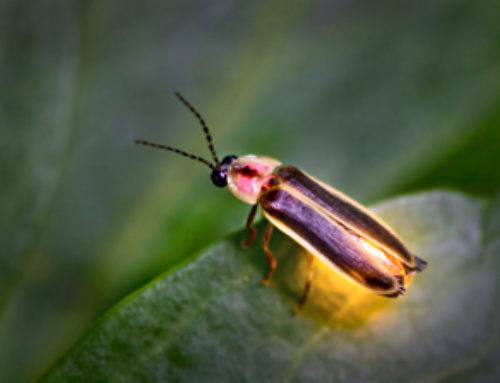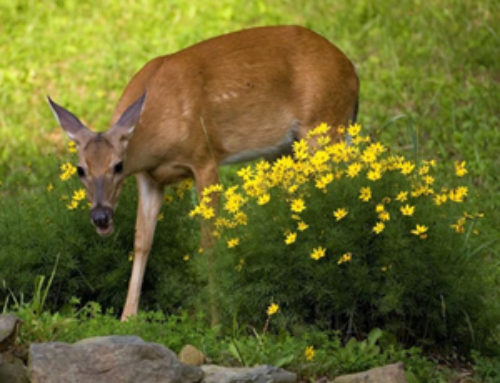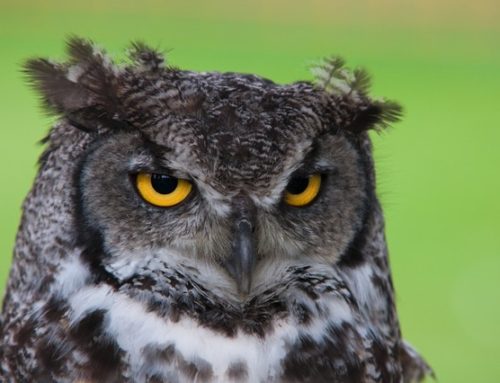Coyotes are members of the canine or dog family. They are related to wolves, foxes, and your pet dog, but they are distinct. Coyotes are primarily carnivores (meat-eaters), but when they are hungry, they eat fruit, vegetables, and just about anything they can find. They are smaller than gray wolves and red wolves but larger than foxes. Their coat is primarily reddish to dark gray, and the tail has a black tip. When a coyote runs, it holds its tail between its legs, unlike wolves and foxes, which hold their tails straight out behind them when they run.
When I was growing up in the Piedmont of Georgia in the 1950s and 60s, we never knew coyotes were in our area. We thought they were western animals, and that was partly true. For 10,000 years, coyotes did live west of the Mississippi River, mostly in grasslands. But since 1950, they have expanded east. And today, they live throughout the lower 48 states, and they have even expanded north into Alaska. They have also been seen in Central America and soon may be in South America. Read all about our coyotes here.
Some people are fearful of the coyote, but they’ve probably never seen this quote from the North Carolina Wildlife Resources Commission:
“In a recent review of coyote attacks on humans from 1970-2015, (there were) 367 attacks by non-rabid coyotes in the United States and Canada, two of which were fatal. In comparison, 4.5 million dog bites occur nationwide annually, with 800,000 requiring medical attention; in 2016, 31 dog bites resulted in fatalities. North Carolina ranks 14th in dog bite incidences, with 77 dog bite claims to insurance companies in 2016.”
And here’s another interesting fact about coyotes: when humans have tried to manage the population by hunting or trapping them, coyotes have bred earlier and had larger litters to maintain the population. Looks like we better learn to live with this relatively new resident of North Carolina. If you’ve seen coyotes in your area, there are things you can to do to coexist with coyotes.


